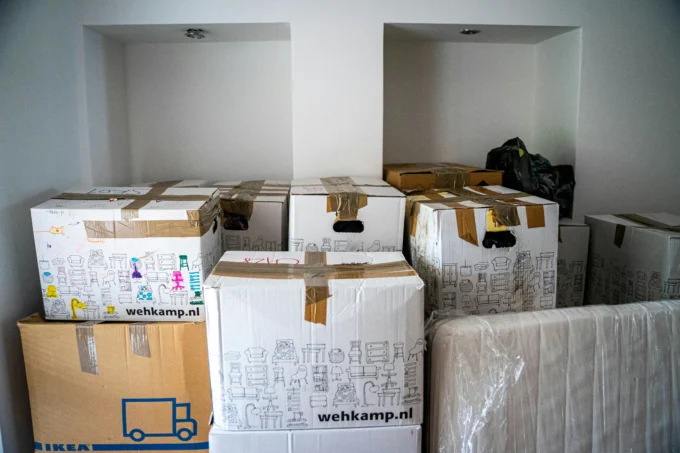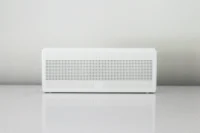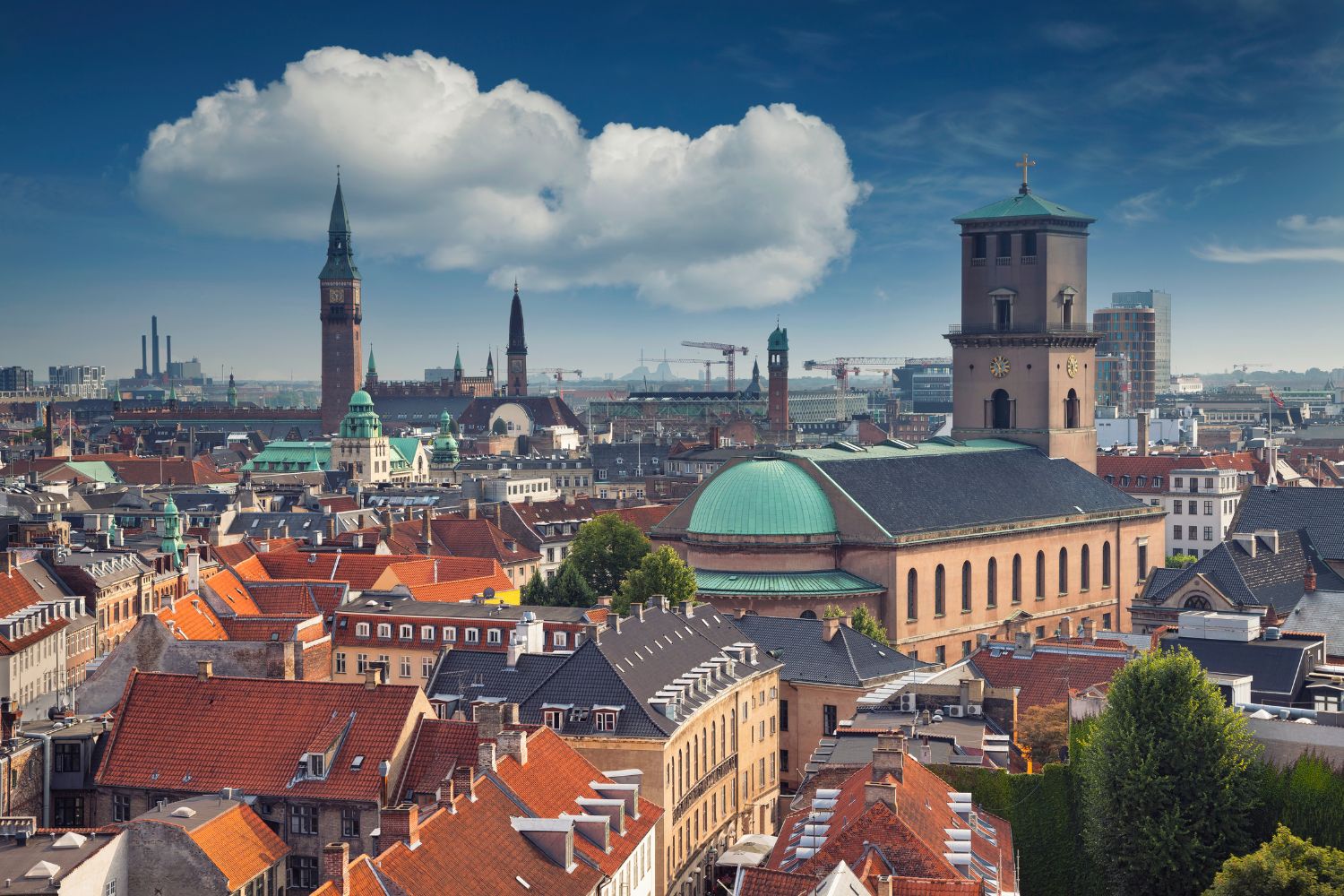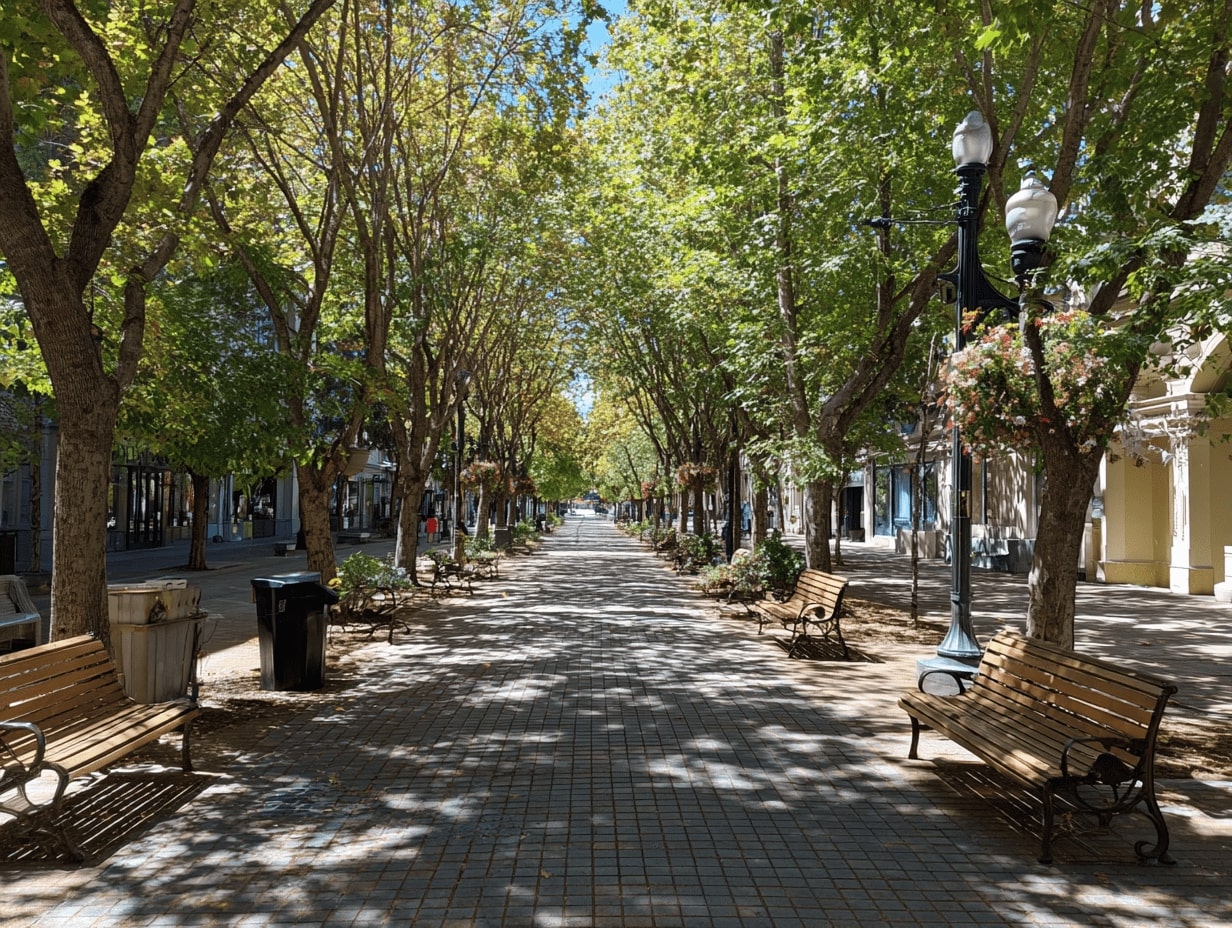- Home
- Articles
- Architectural Portfolio
- Architectral Presentation
- Inspirational Stories
- Architecture News
- Visualization
- BIM Industry
- Facade Design
- Parametric Design
- Career
- Landscape Architecture
- Construction
- Artificial Intelligence
- Sketching
- Design Softwares
- Diagrams
- Writing
- Architectural Tips
- Sustainability
- Courses
- Concept
- Technology
- History & Heritage
- Future of Architecture
- Guides & How-To
- Art & Culture
- Projects
- Interior Design
- Competitions
- Jobs
- Store
- Tools
- More
- Home
- Articles
- Architectural Portfolio
- Architectral Presentation
- Inspirational Stories
- Architecture News
- Visualization
- BIM Industry
- Facade Design
- Parametric Design
- Career
- Landscape Architecture
- Construction
- Artificial Intelligence
- Sketching
- Design Softwares
- Diagrams
- Writing
- Architectural Tips
- Sustainability
- Courses
- Concept
- Technology
- History & Heritage
- Future of Architecture
- Guides & How-To
- Art & Culture
- Projects
- Interior Design
- Competitions
- Jobs
- Store
- Tools
- More
Unlocking the Future of Urban Design: The Power of Architecture Mapping Techniques
Discover how architecture mapping revolutionizes the design landscape by blending traditional principles with cutting-edge technology. This article explores its transformative role in urban planning and historical preservation, highlighting its ability to enhance functionality and aesthetics.

In the ever-evolving world of architecture, mapping has emerged as a powerful tool that reshapes how we visualize and interact with our built environment. By merging traditional design principles with cutting-edge technology, architecture mapping allows us to create dynamic representations of spaces that enhance both functionality and aesthetic appeal.
As we delve into this fascinating topic, we’ll explore how architecture mapping not only aids in the design process but also transforms the way we experience our surroundings. From urban planning to historical preservation, the applications are vast and varied, making it an essential aspect of modern architecture. Join us as we uncover the significance of architecture mapping in shaping our future landscapes.

Table of Contents
ToggleOverview of Architecture Mapping
Architecture mapping integrates traditional design with innovative technology, leading to dynamic space representations. This technique enhances both functionality and aesthetics, allowing designers to visualize concepts more clearly.

Architecture mapping serves various applications, particularly in urban planning and historical preservation. In urban planning, it aids city planners in visualizing layouts, assessing environmental impacts, and optimizing resource allocation. In historical preservation, it helps document and reconstruct architectural heritage accurately, ensuring cultural significance is maintained.
Architecture mapping utilizes tools like Geographic Information Systems (GIS) and Building Information Modeling (BIM). GIS allows for mapping and analyzing spatial data, providing insights into geographical relationships. BIM captures detailed building information, streamlining project workflows and improving collaboration.
Architecture mapping also encourages interactive designs. By utilizing augmented reality (AR) and virtual reality (VR), stakeholders can engage with spatial designs in an immersive way. This interaction fosters creativity and facilitates communication among architects, clients, and communities.
Through architecture mapping, we can visualize future landscapes more effectively. This technique not only shapes modern design practices but also influences sustainable development, creating a more interconnected environment.
Key Concepts in Architecture Mapping
Architecture mapping encompasses various elements that bridge traditional design with modern technology, enhancing the spatial representation of structures. Understanding these key concepts aids in grasping its significance in contemporary architecture.

Definition and Purpose
Architecture mapping refers to the process of creating detailed, spatial representations of physical environments through digital technology. This technique analyzes and visualizes architectural data, offering insights into design elements, structural relationships, and spatial interactions. Its primary purpose is to improve design accuracy and foster collaboration among stakeholders by providing a clear view of how spaces function and relate.
Importance in Modern Design
Architecture mapping plays a crucial role in modern design by facilitating informed decision-making and innovative approaches. It helps architects assess site conditions, optimize layouts, and analyze environmental impacts effectively. Utilizing tools like Geographic Information Systems (GIS) and Building Information Modeling (BIM) enhances our ability to visualize complex data and streamline project workflows. This method allows for interactive designs, enabling us to incorporate augmented reality (AR) and virtual reality (VR) elements, fostering engagement and creativity among architects, clients, and communities.
Techniques Used in Architecture Mapping
We utilize various techniques in architecture mapping that enhance our capacity to visualize and analyze spaces effectively. These techniques range from advanced digital tools to traditional methodologies, each serving distinct purposes in the field.

Digital Tools and Software
We employ a variety of digital tools and software that enhance architecture mapping precision and efficiency. Geographic Information Systems (GIS) analyze spatial data, allowing us to visualize layouts and assess environmental impacts in urban planning. Building Information Modeling (BIM) provides detailed information about building components and systems, aiding in detailed documentation and collaboration amongst stakeholders. Additionally, software like AutoCAD and Revit facilitates the creation of accurate architectural drawings and 3D models. We also incorporate augmented reality (AR) and virtual reality (VR) platforms, enabling immersive interactions with spatial designs, enhancing stakeholder engagement during the design process.
Traditional Methods
We integrate traditional methods alongside contemporary digital techniques, ensuring a comprehensive approach to architecture mapping. Techniques such as hand-drawing and physical models offer unique perspectives that enrich our design process. Site visits and manual surveys remain crucial for collecting firsthand data, helping us understand contextual influences in architectural environments. We also engage in historical research and archival analysis to inform restoration practices in heritage mapping, preserving the cultural significance of architectural sites. This blend of traditional and modern methods creates a robust framework for architecture mapping, allowing us to maintain accuracy and innovation in our designs.
Applications of Architecture Mapping
Architecture mapping plays a vital role in various fields, especially urban planning and historical preservation. These applications demonstrate the versatility and importance of this technique in enhancing and preserving our built environment.

Urban Planning
Architecture mapping significantly enhances urban planning. We utilize it to create visual layouts that articulate complex data about land use, transportation networks, and environmental considerations. By employing Geographic Information Systems (GIS), we map spatial relationships among infrastructure elements, allowing planners to visualize impacts on the community effectively. This method aids in assessing environmental impacts, optimizing resource allocation, and forecasting urban growth. Furthermore, it fosters stakeholder engagement by presenting clear, interactive models that facilitate public discussions and feedback on proposed designs.
Historical Preservation
In historical preservation, architecture mapping provides essential documentation and reconstruction capabilities. We apply advanced techniques to accurately record architectural heritage, ensuring that culturally significant elements remain intact throughout restoration efforts. Using Building Information Modeling (BIM), we create detailed digital representations of historical structures, combining spatial analysis with historical data. This precise mapping enhances collaboration among architects, historians, and preservationists, enabling comprehensive approaches to maintaining authenticity in restoration projects. By integrating modern technology with traditional methods, we work towards a future where historical aspects coexist with contemporary developments.
Challenges in Architecture Mapping
Architecture mapping faces several challenges that can impact its effectiveness. We must address these issues to enhance accuracy and functionality in our projects.

Data Accuracy and Interpretation
Data accuracy plays a critical role in architecture mapping. Inaccurate data leads to flawed representations and poor decision-making. In our projects, we depend on precise geographic and structural data for reliable outcomes. Misinterpretations of this data can result in incompatible designs, underestimated costs, or overlooked environmental factors. Ensuring effective data collection methods and employing rigorous validation processes is essential for maintaining quality. Real-time data updates, combined with historical datasets, help enhance our interpretation abilities and improve overall project efficiency.
Technological Limitations
Technological limitations present another significant challenge in architecture mapping. Although we utilize advanced tools like GIS and BIM, these systems can encounter compatibility issues, especially when integrating diverse data sources or legacy systems. Training and skill development are crucial to maximize our use of these tools. Inadequate hardware and software resources can further limit our capabilities, resulting in delays or reduced accuracy. Regularly upgrading technology and investing in training programs ensures we remain at the forefront of architectural innovation, enabling us to overcome these limitations and deliver high-quality results.
Conclusion
Architecture mapping serves as a powerful tool that bridges traditional design principles with modern technology. We’ve examined its vital role in urban planning and historical preservation, emphasizing its capacity to enhance functionality and visual appeal in architectural designs.
Architecture mapping enables city planners to visualize and assess the impacts of their designs. It employs Geographic Information Systems (GIS) to reveal spatial relationships and engage communities in public discussions. The documentation of historical heritage through accurate digital representations created with Building Information Modeling (BIM) further illustrates the importance of architecture mapping in maintaining cultural significance.
We highlighted essential concepts in architecture mapping, clarifying its definition as the creation of detailed, spatial representations through digital methods. This technique enhances design accuracy, fosters collaboration among stakeholders, and encourages interactive designs using augmented reality (AR) and virtual reality (VR).
Our exploration of techniques in architecture mapping showcased the integration of digital tools like GIS and BIM, complemented by traditional methods such as hand-drawing and historical research. This synergistic approach ensures robustness, supporting sustainable development and interconnected environments.
While architecture mapping offers significant benefits, challenges remain. Data accuracy plays a crucial role, as inadequate data leads to flawed representations. Moreover, technological limitations, including compatibility issues and resource constraints, hinder effectiveness. We advocate for consistent technology upgrades and training to overcome these hurdles and ensure high-quality outcomes in architecture mapping.
- Architectural Analysis
- architectural techniques
- Architectural Visualization
- architecture and technology
- architecture mapping
- City Design
- city mapping
- design for cities
- digital mapping
- Future of Architecture
- geospatial design
- mapping for cities
- smart cities
- spatial design
- urban design
- urban form
- urban innovation
- urban landscapes
- urban planning
- urban renewal
I create and manage digital content for architecture-focused platforms, specializing in blog writing, short-form video editing, visual content production, and social media coordination. With a strong background in project and team management, I bring structure and creativity to every stage of content production. My skills in marketing, visual design, and strategic planning enable me to deliver impactful, brand-aligned results.
Submit your architectural projects
Follow these steps for submission your project. Submission FormLatest Posts
Copenhagen Named the Happiest City in the World in 2025
Copenhagen has been named the happiest city in the world in 2025...
Frank Gehry’s Transformative Ideas in Urban Design
Frank Gehry’s influence extends far beyond expressive architecture; his ideas have reshaped...
Architecture as Infrastructure: Designing Beyond Buildings
Architecture as infrastructure reframes cities as systems—flows, lifecycles, and value. Explore resilient...
Designing for Emotional Urbanism: How We Shape Cities People Actually Feel Good In
Emotional Urbanism: a practical guide to design that reduces stress, boosts dwell...












Leave a comment